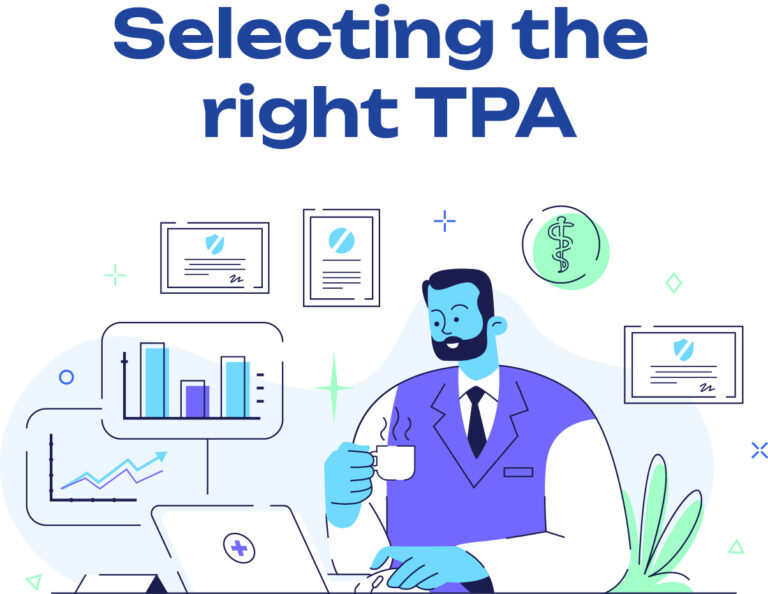An effective Human Resources (HR) strategy is a comprehensive plan that aligns an organization’s human capital with its overarching business objectives. By strategically managing recruitment, development, and retention, companies can enhance performance, foster a positive workplace culture, and achieve long-term success.
Benefits of a Well-Defined HR Strategy:
- Reduced Turnover: Aligning employees with roles that match their skills and career aspirations leads to higher job satisfaction and retention.
- Enhanced Employee Engagement: Clear communication of organizational goals and the individual’s role in achieving them fosters motivation and commitment.
- Improved Compliance: A structured HR strategy ensures adherence to labor laws and industry regulations, mitigating legal risks.
- Attraction of Top Talent: A strategic approach to recruitment positions the company as an employer of choice, drawing in high-caliber candidates.
- Effective Policy Management: Consistent HR policies aligned with business goals streamline operations and support organizational objectives.
- Business Continuity: Proactive HR planning prepares the organization to handle disruptions, maintaining operational stability.
- Promotion of Diversity, Equity, and Inclusion (DEI): Integrating DEI initiatives into the HR strategy cultivates a more inclusive and innovative workplace.
Key Components of an HR Strategy:
- HR Mission Statement: A concise declaration that defines the purpose and goals of the HR function within the organization.
- Organizational Culture Alignment: Developing HR practices that reflect and promote the desired workplace culture and values.
- Recruitment and Talent Acquisition: Implementing targeted strategies to attract and select candidates who align with the company’s needs and culture.
- Talent Management and Development: Providing ongoing training and career development opportunities to enhance employee skills and performance.
- Compensation and Benefits: Designing competitive and fair compensation structures to reward and motivate employees.
Steps to Develop an HR Strategy:
- Understand the Business Objectives: Align HR goals with the company’s strategic plan to ensure cohesive progress.
- Assess Current HR Capabilities: Evaluate the existing HR processes, policies, and workforce competencies to identify strengths and areas for improvement.
- Conduct a SWOT Analysis: Analyze the organization’s HR-related strengths, weaknesses, opportunities, and threats to inform strategic planning.
- Define HR Goals and Metrics: Establish clear objectives and key performance indicators (KPIs) to measure the effectiveness of HR initiatives.
- Develop and Implement HR Initiatives: Create action plans for recruitment, training, performance management, and other HR functions that support the defined goals.
- Secure Management Buy-In: Engage leadership to gain support and resources necessary for successful strategy implementation.
- Monitor and Adjust the Strategy: Regularly review HR metrics and outcomes, making adjustments as needed to stay aligned with business objectives.
By following these steps, organizations can develop an HR strategy that not only supports their business goals but also fosters a productive and positive work environment.
Contact Atria to discuss HR strategies to help your group thrive!






